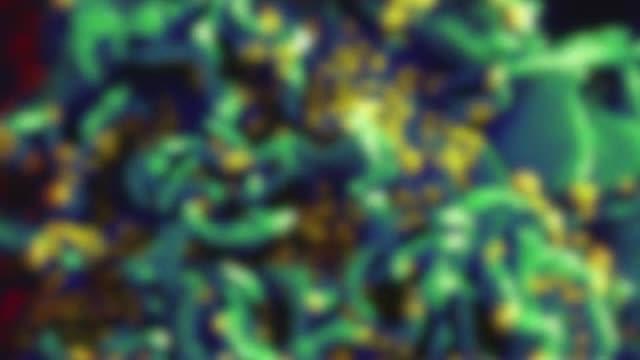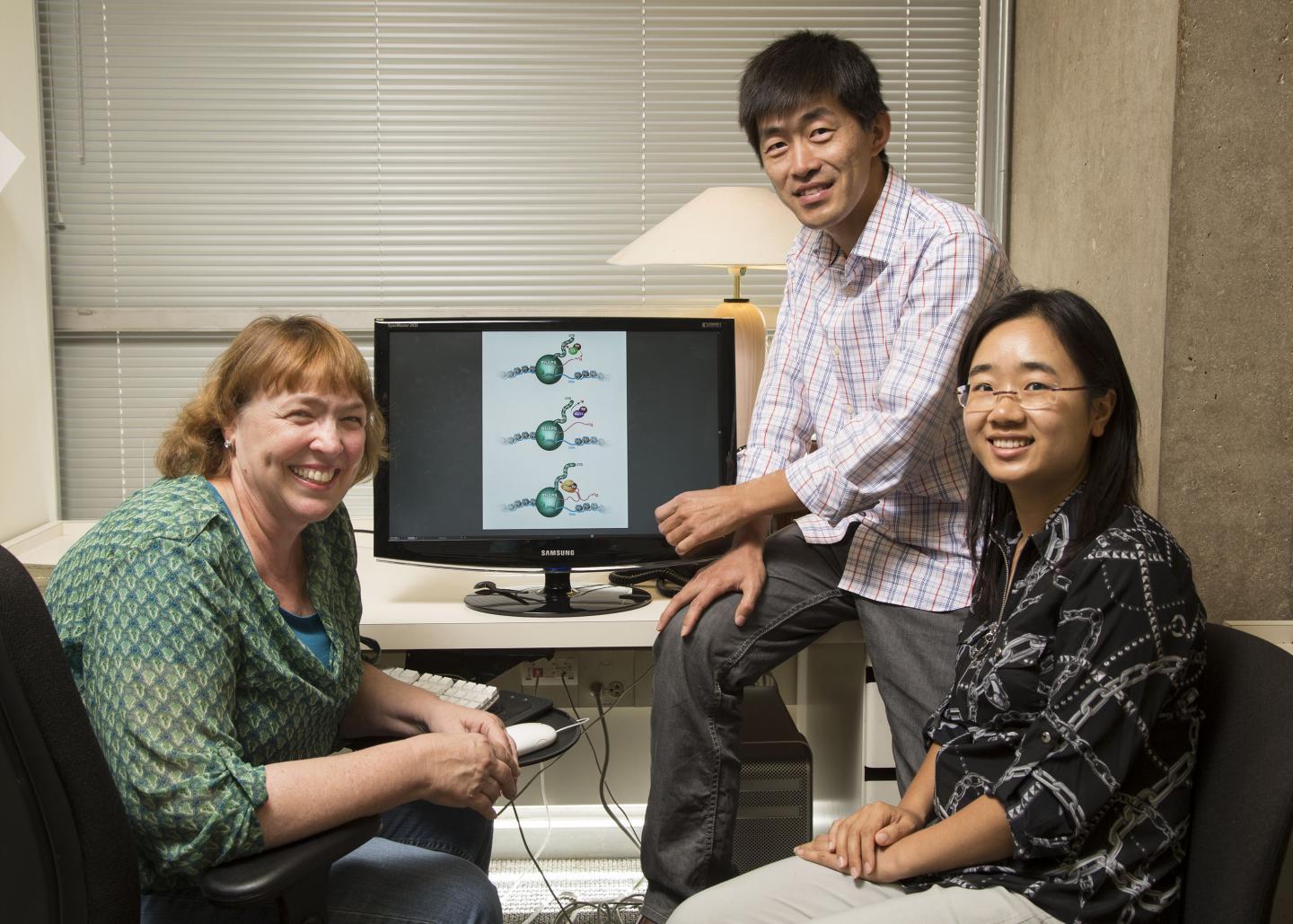"Tat is like an engine for HIV replication and Ssu72 revs up the engine," says Lirong Zhang, one of the first authors and a Salk researcher. "If we target this interaction between Ssu72 and Tat, we may be able to stop the replication of HIV."
The findings were surprising to the team because Tat, a relatively small protein, was previously thought to have a simpler role. Jones' lab previously discovered the CycT1 protein, another critical protein that Tat uses to begin the steps of replicating the virus. "After all these years, we thought that Tat only had this one partner (CycT1), but when we looked at it a bit harder, we found that it also binds and stimulates the Ssu72 phosphatase, which controls an immediately preceding step to switch on HIV," she said.
CycT1 is needed for normal cell function, so it may not be an ideal anti-viral target. However, the team found that Ssu72 is not required for making RNA for most host cell genes in the way it is used by HIV, making it a potentially promising target for drug therapy.
"Many proteins that Tat interacts with are essential for normal cellular transcription so those can't be targeted unless you want to kill normal cells," says co-first author Yupeng Chen, a Salk researcher. "Ssu72 seems to be different—at least in the way it is used by HIV."
Now that the team knows the protein is specifically required for HIV transcription, they next plan to investigate how they can target the protein, for example by inhibiting Ssu72's ability kick off the transcription process. They are also examining whether latent HIV infections result from low levels of Ssu72 in resting T cells. And stay tuned: the lab is excited about checking other new host cell partners of Tat that were identified in this study.

The Jones lab details a new target to fighting HIV.
(Photo Credit: Salk Institute)

This image shows, from the left: Katherine Jones, Salk professor, and first authors Yupeng Chen and Lirong Zhang.
(Photo Credit: Salk Institute)
Source: Salk Institute